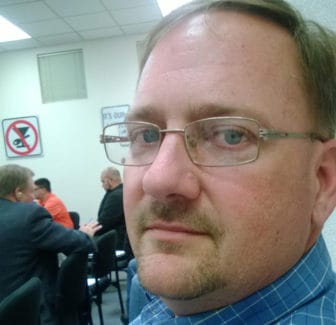COMMENTARY: Dr. Swickard, I read with interest your May 4, 2016 column on traffic lights and medians. As a transportation professional, perhaps I can offer your readers some perspective on some of your questions.

Courtesy photo
Tom Murphy
If the goal is to make sure that someone driving one way along a certain route didn’t have to stop from the beginning to the end of their trip, that would be pretty simple. However, that would not work for a person driving in the opposite direction or anyone traveling on perpendicular routes. It also does not take into account the needs of pedestrians, some of whom may not move as fast as others.
The traffic engineers I know endeavor to make the signal system as convenient to the most people as possible. That means giving more green-light time to the direction that has the most people traveling but also giving other directions opportunity. If you’re not traveling in the dominant direction, you’ll probably have to wait at a few lights.
I do know that the city is continually working to improve on the signals. Advances in technology will allow cycle changes in real time using detection cameras so that if traffic is heavy in an unpredicted direction, the lights can be adjusted to compensate. This is known as adaptive signal control. Will this keep everyone moving all the time? No, but it will improve things for the most people most of the time.
Also, I find your characterization of medians troubling. They are not meant to be vehicle runoff areas. Medians, especially in cities, are used for access management. That means that they limit left turns in and out of properties and sometimes smaller streets. They reduce the number of conflict points between vehicles and are installed to reduce collisions. Medians also provide protection for turning vehicles and crossing pedestrians.
Finally, I know traveling through a construction zone is frustrating, but many of the restrictions are for the safety of those working on the project. They may be “servants” in your view but to others they are friends, neighbors, and beloved family members. They are also working to make our city a better place. One year may seem like a long time but the bridge won’t need to be replaced again until the 2060s.
I hope that this hasn’t been a predictable response. Constructive criticism is welcome; all I ask is that is that you fairly represent the answers you’ve been given over the years.
Tom Murphy is recognized as a certified transportation planner by the American Planning Association. He has worked for over 20 years in the public sector in New Mexico.